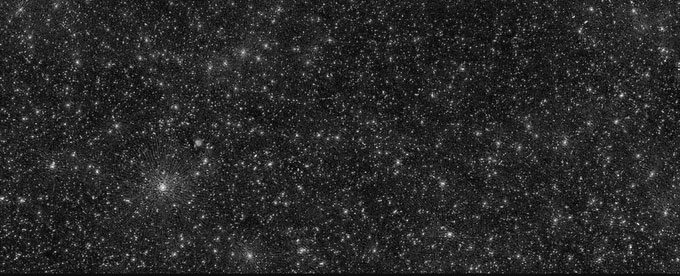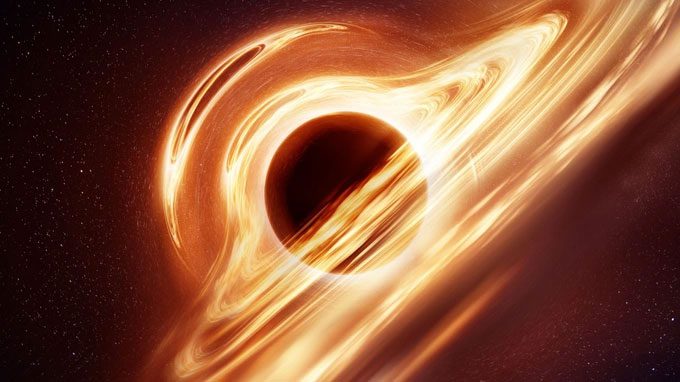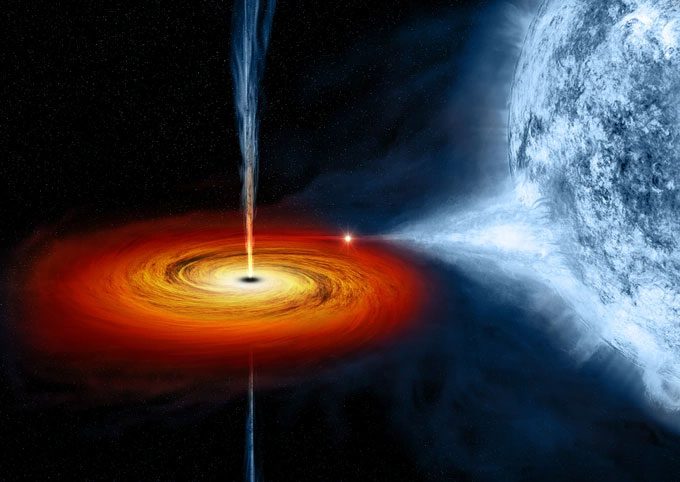The countless white dots resembling stars in the dark night sky may astonish you once you learn the truth about them.
The Truth About Mysterious Bright Dots
The image below might look like an ordinary photograph taken with your phone while pointing it at the night sky.

What are the bright dots in the photo? (Image: LOFAR/LOL).
However, in reality, they are much more special. Specifically, each bright dot emitting that radiant light is actually an active supermassive black hole.
The reason they can emit such light is that each black hole is consuming matter at the center of a galaxy, located millions of light-years away. This is also the only way they can be “seen” with the naked eye.
There are at least 25,000 cosmic black holes recorded in the image at low radio frequencies. To achieve this, astronomers had to harness the power of two large telescopes in Europe and spent years compiling the data.
“This is the result of many years of research on the data. Achieving it was extremely difficult,” said Francesco de Gasperin, an astronomer from the University of Hamburg (Germany). “We even had to invent new methods to convert radio signals into images.”

Black holes are mysterious and fascinating objects in the universe. (Image: Getty).
It is known that when black holes are dormant and not actively consuming matter, they are almost “invisible” because they emit no radiation.
In contrast, when a black hole is actively “accreting matter,” it generates extremely strong gravitational forces along with radiation across various wavelengths that we can detect from a vast region of space.
What makes the above image special is that it is covered by extremely low radio wavelengths, known as “the Low Frequency Array” (abbreviated as LOFAR). This array consists of at least 20,000 radio antennas arranged across 52 locations throughout Europe.
Currently, LOFAR is the only radio array capable of taking deep images with high resolution at frequencies below 100 MHz, providing a “unique” observational capability of the sky.
Black Holes – Objects That Terrify the Universe

Simulation of a black hole consuming all matter around it into its “mouth.” (Image: NASA/CXC).
Black holes have long been a mysterious concept for humanity because, by nature, we cannot see them in a conventional way.
Cosmic black holes are believed to form when a massive star dies. After the star’s nuclear fuel depletes, its core collapses into a state denser than 100 times that of an atomic nucleus, so dense that protons, neutrons, and electrons are no longer discrete particles.
Surrounding the black hole is a boundary defined by mathematical equations, known as the event horizon. Once matter crosses this boundary, it cannot escape the black hole.
A black hole is termed “black” because it absorbs all radiation and matter that crosses the event horizon, similar to an absolute black body in thermodynamics. It is also not a “hole” or “pit” in any sense but rather a region of spacetime where matter or anything cannot escape.
The mysteries surrounding black holes have not deterred scientists from their efforts to decode the universe’s most fearsome “beast.” According to a recent study combining the formation of stars and binary stars, an estimate of the number of black holes in the universe has been proposed.
This number will astonish you. It is 40,000,000,000,000,000,000,000, or 40 sextillion black holes, accounting for nearly 1% of the total ordinary matter in the observable universe.


















































